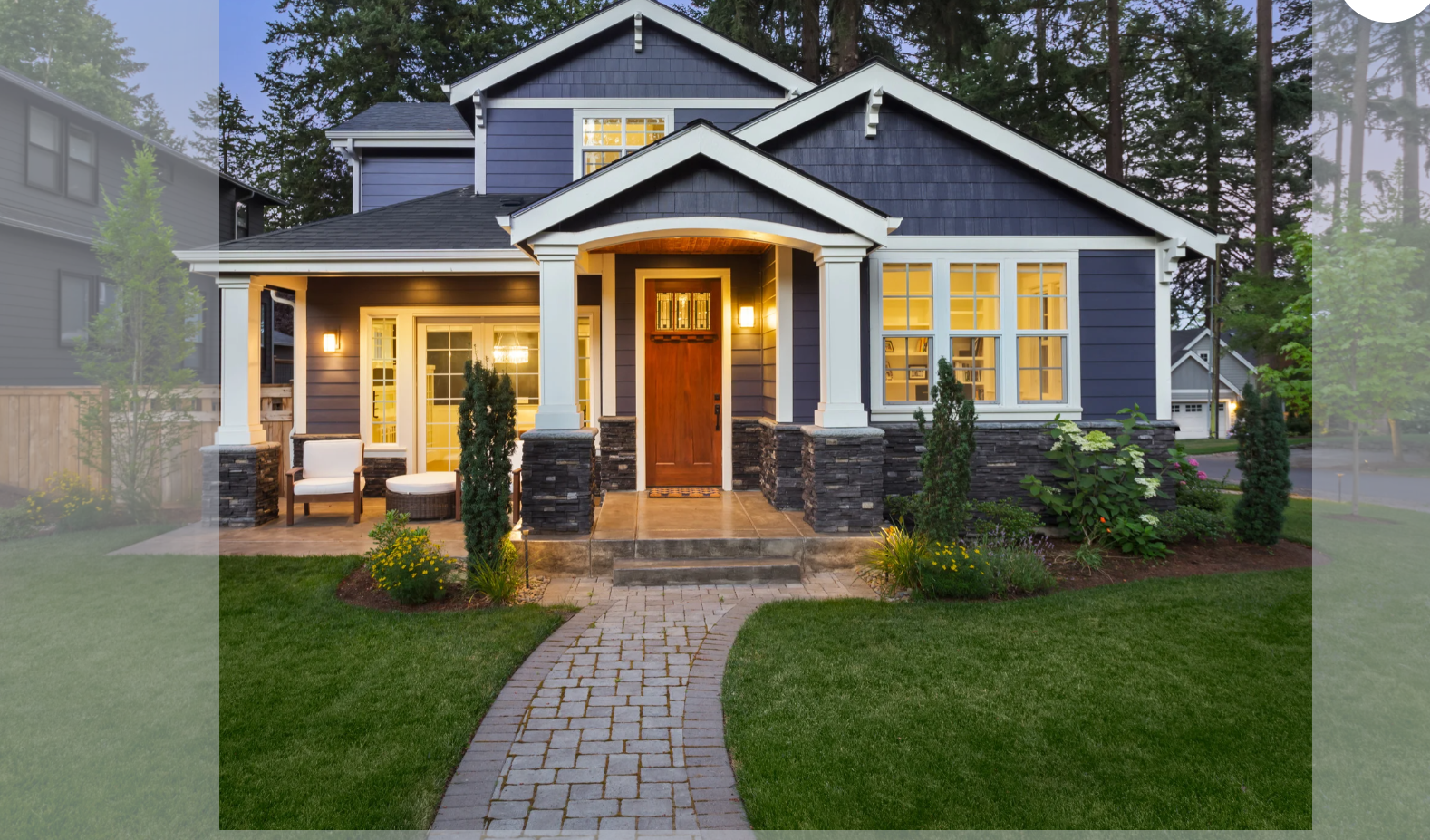How to Choose Between New and Older Homes in 2025
buymeacoffee.com/kaysogy/how-choose-between-new-older-homes-2025
 Buying a home is one of the most significant financial decisions you’ll make. In 2025, homebuyers face a choice between purchasing a brand-new home or opting for an older property. Both options have their advantages and drawbacks, depending on factors such as budget, location, maintenance needs, and long-term investment goals. This guide will help you navigate the decision-making process by comparing the benefits and challenges of new and older homes.
Buying a home is one of the most significant financial decisions you’ll make. In 2025, homebuyers face a choice between purchasing a brand-new home or opting for an older property. Both options have their advantages and drawbacks, depending on factors such as budget, location, maintenance needs, and long-term investment goals. This guide will help you navigate the decision-making process by comparing the benefits and challenges of new and older homes.
1. Understanding the Differences Between New and Older Homes: Before making a choice, it's essential to understand the key distinctions between new and older homes:
New Homes: These are recently constructed properties that often feature modern designs, energy-efficient materials, and the latest technology. They are typically found in planned communities or new developments.
Older Homes: These homes were built years or even decades ago and often feature unique architectural designs, larger lot sizes, and well-established neighborhoods.
2. The Pros and Cons of New Homes
A. Advantages of Buying a New Home
Modern Features and Smart Home Technology – New homes often come equipped with smart home technology, including security systems, smart thermostats, and automated lighting. Real estate automation can improve convenience and energy efficiency.
Lower Maintenance Costs – Since everything in a new home is brand new, including plumbing, roofing, and appliances, maintenance costs are significantly lower in the first few years.
Energy Efficiency – Sustainable real estate is a priority in 2025. New homes are built with energy-efficient materials, solar panels, and advanced insulation, reducing utility costs.
Customization Options – Many developers allow buyers to choose floor plans, interior finishes, and other design elements, making it easier to create a dream home.
Warranty Protection – New homes typically come with builder warranties, covering repairs for structural issues, HVAC systems, and major appliances for a certain period.
B. Disadvantages of Buying a New Home
Higher Purchase Price: New homes are often more expensive than older homes due to modern materials and construction costs.
Limited Lot Sizes: Many new developments focus on maximizing space, leading to smaller lots and less yard space compared to older homes.
Lack of Mature Landscaping: Newly built homes may lack established trees and greenery, which can take years to grow.
Potential Construction Delays: If you’re purchasing a home that’s still under construction, delays in materials and labor shortages could push back your move-in date.
3. The Pros and Cons of Older Homes
A. Advantages of Buying an Older Home
Unique Architectural Design and Character: Many older homes feature intricate details, high-quality craftsmanship, and classic architectural styles that are hard to find in modern developments.
Larger Lot Sizes: Older properties often come with more outdoor space, ideal for gardening, outdoor activities, or future expansion.
Established Neighborhoods: Many older homes are located in well-developed areas with mature landscaping, schools, shopping centers, and public transport.
Lower Initial Price: Older homes are generally more affordable than newly built homes, allowing buyers to get more space for their budget.
Potential for Property Value Appreciation: Historic and well-maintained homes in desirable locations often increase in value over time, making them excellent long-term investments.
B. Disadvantages of Buying an Older Home
Higher Maintenance and Renovation Costs: Older homes may require updates to plumbing, electrical wiring, roofing, and HVAC systems, leading to additional expenses.
Lower Energy Efficiency: Older homes might not have energy-efficient features, resulting in higher utility bills unless upgrades are made.
Limited Smart Home Technology: Buyers interested in modern smart home technology may need to invest in updates and installations.
Potential Structural Issues: Issues such as foundation cracks, outdated insulation, or termite damage could be costly to repair.
4. Key Factors to Consider When Choosing Between New and Older Homes: When deciding between a new or older home, consider the following:
A. Budget and Mortgage Financing Options
Determine how much you can afford, including the mortgage, property taxes, and maintenance costs.
Compare mortgage financing options and interest rates for new vs. older homes.
B. Location and Neighborhood Preferences
Older homes may be in well-established neighborhoods with schools, parks, and amenities.
New homes are often in growing communities, which may take time to develop fully.
C. Investment and Resale Value
Research real estate market trends to determine which option offers better long-term value.
New homes may depreciate slightly after purchase, whereas older homes in desirable locations could appreciate over time.
D. Maintenance and Renovation Considerations
Consider whether you're comfortable handling renovations or prefer a move-in-ready home.
Property valuation tools can help assess the true cost of ownership, including potential upgrades.
5. Making the Right Choice in 2025: To make an informed decision:
Consult a Real Estate Agent: An experienced agent can provide insights into home-buying tips and help you find properties that match your needs.
Use Online Property Listings: Browse listings to compare prices, features, and locations.
Schedule Home Inspections: If buying an older home, a thorough inspection can prevent costly surprises.
Consider Your Lifestyle Needs: Evaluate how long you plan to stay, your family’s needs, and future growth potential.
Conclusion: Choosing between a new or older home in 2025 depends on your budget, lifestyle, and investment goals. New homes offer modern amenities and lower maintenance, while older homes provide character, space, and established communities. By considering real estate market trends, home buying tips, and mortgage financing options, you can make a well-informed decision that aligns with your needs.
Comments
Post a Comment